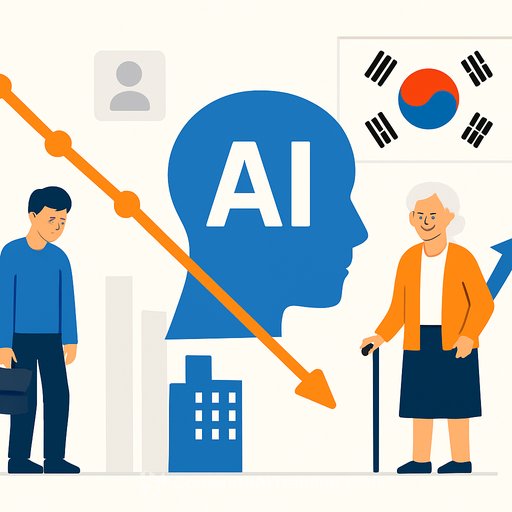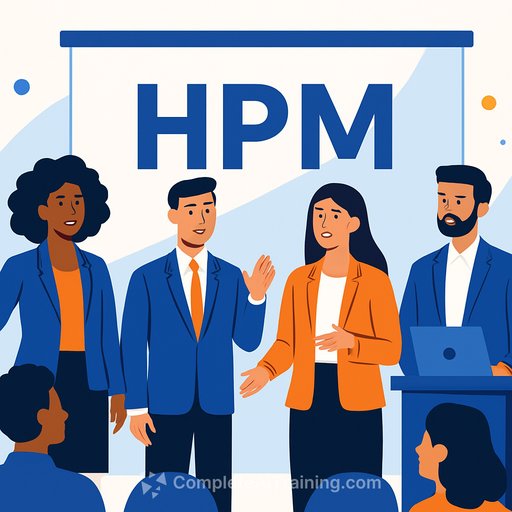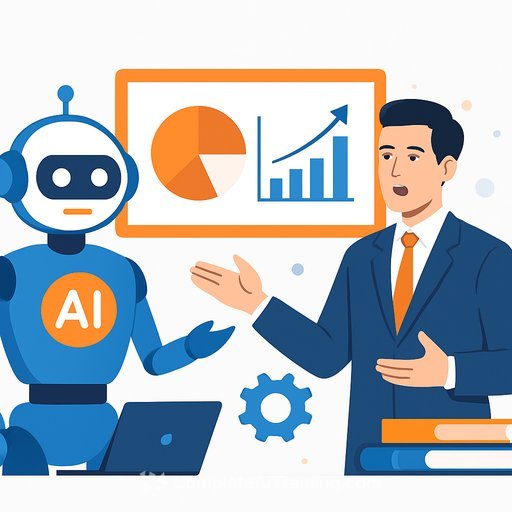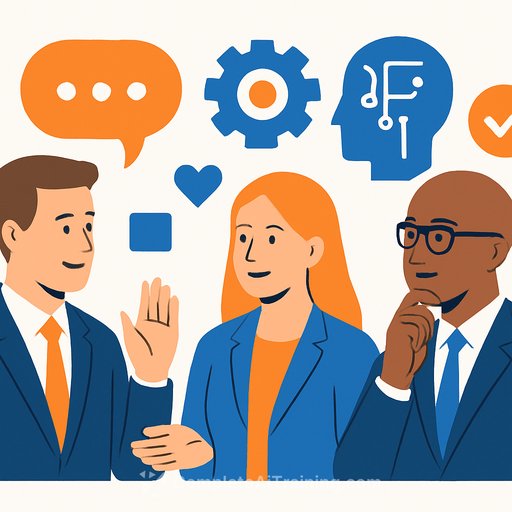AI Is Rewriting Entry-Level Work. HR Needs a New Playbook.
This isn't a thought experiment. A Seoul-based law firm cut 10 junior lawyers and shifted to a one-person legal office, citing generative AI for tasks like document drafting. The cost math is blunt: about 3 million KRW per month for a person versus roughly 31,000 KRW for an AI tool that never clocks out.
Whether you agree with the move or not, the signal is clear. AI is absorbing standardized work first, and it's happening fast enough to force new HR rules.
What the data says
According to the Bank of Korea, in the early stage of AI adoption, junior (youth) employment declined while employment for middle-aged and older workers increased. From July 2022 to July 2025, youth jobs fell by 211,000, and 98.6% of that drop was in AI-high-exposure industries. Jobs for those in their 50s rose by 209,000, with 69.9% in AI-high-exposure sectors.
The explanation: standardized, textbook-driven tasks-often handled by younger staff-are easy for AI to replace. Work grounded in experience, tacit knowledge, and social nuance is getting augmented, not cut.
Bank of Korea analysis and OECD employment research point to the same direction of travel: the task mix is shifting, and so must job design.
The signal from industry
Abroad, large enterprises are restructuring administrative layers as AI automation scales. Reports have pointed to moves like Amazon's restructuring to drive efficiency with AI in HR, operations, and device teams.
The message for HR: the first wave hits repeatable work, then moves up the stack. Plan your workforce model now or brace for reactive cuts later.
Implications for HR
- Entry-level roles are thinning where tasks are templated, rules-based, or document-heavy.
- Experienced hires gain leverage because they convert AI outputs into decisions, client value, and risk-aware actions.
- Career ladders built on "pay your dues doing grunt work" won't hold. You need new on-ramps for early talent.
- AI fluency is becoming a baseline competency across functions, not a specialist skill.
A practical 90-day playbook
- 30 days - Audit and guardrails: Map tasks by AI exposure (high/medium/low). Prioritize privacy-heavy and regulated workflows for strict controls. Ship an AI-use policy covering data handling, confidentiality, attribution, review steps, and vendor approvals.
- 60 days - Redesign and reskill: Rewrite 5-10 high-volume roles with an "AI-first, human-in-command" model. Split work into generate, review, decide, and communicate. Launch targeted training on prompt quality, verification, and tool-specific workflows.
- 90 days - Scale what works: Pilot in two functions (e.g., Legal Ops and HR Ops). Track cycle time, accuracy, cost per task, and employee sentiment. Bake results into job descriptions, performance goals, and compensation levers.
Rethinking early-career talent
- From grunt work to judgment work: Use AI to draft. Train juniors to validate, reason, and communicate outcomes. Pair them with seniors for decision reviews.
- Apprenticeship 2.0: Create structured "AI + domain" rotations. Week 1-2: tool basics. Weeks 3-8: supervised production. Ongoing: portfolio of AI-augmented deliverables.
- New hiring screen: Test for problem framing, prompt clarity, and verification habits over rote knowledge.
Guardrails you can't skip
- Confidential data: No client or employee data in public models. Use approved enterprise tools, encryption, and retention controls.
- Accuracy and bias: Require human review on legal, financial, and people decisions. Keep a documented review trail.
- Compliance and IP: Clarify ownership of AI-generated content. Limit use in regulated tasks without model transparency.
- Vendor risk: Standardize procurement checks: model type, data sources, audit logs, SOC2/ISO status, and indemnities.
Role design: an example pattern
- Before: Junior drafts → senior edits → send.
- After: AI drafts → junior verifies sources and context → senior decides and personalizes → AI formats and files.
This keeps juniors in the loop, shifts learning from "typing" to "thinking," and preserves the pipeline for future leaders.
Metrics that matter
- Cost per deliverable (pre/post AI)
- Time-to-first-draft and time-to-decision
- Error rate and rework hours
- Percent of work AI-augmented vs. AI-generated
- Employee sentiment and burnout risk
Skills HR should fund this year
- Prompt strategy and verification
- Data privacy and responsible AI
- Process redesign and change communication
- Domain-specific AI workflows (legal, HR, finance, ops)
Where to upskill fast
If you're standing up role-based learning paths or certifications for AI-enabled work, these resources can help:
- AI courses by job - curate by function and seniority.
- AI Automation certification - build end-to-end automation capability with governance.
A closing note on education and creativity
As one professor observed, students are trained to find the "right answer" fast. That's exactly what AI is good at. The premium shifts to original thinking, contextual judgment, and social skills-areas where AI assists, and people decide.
Bottom line for HR
AI is compressing standardized, junior-heavy work and boosting experienced talent. Don't wait for the org chart to force your hand. Redesign roles, protect your pipeline, and train your people to work with AI-safely and profitably.
Your membership also unlocks:






